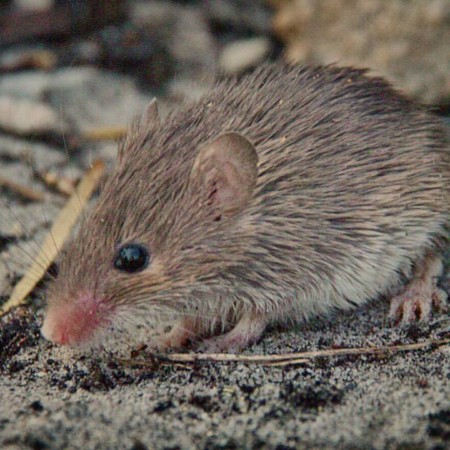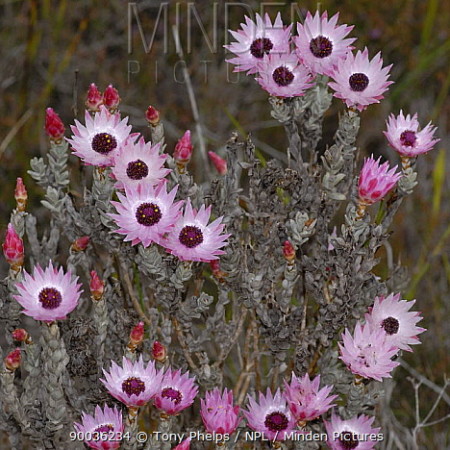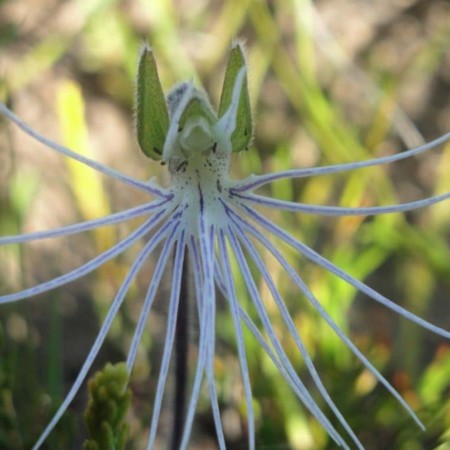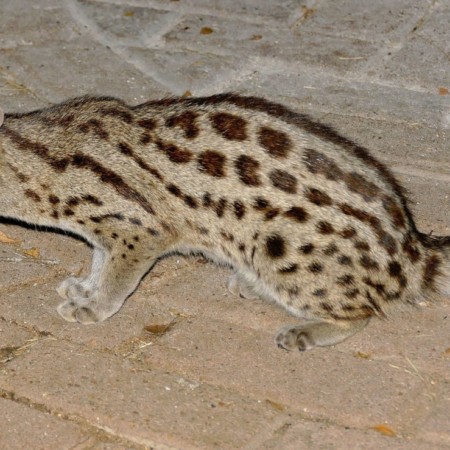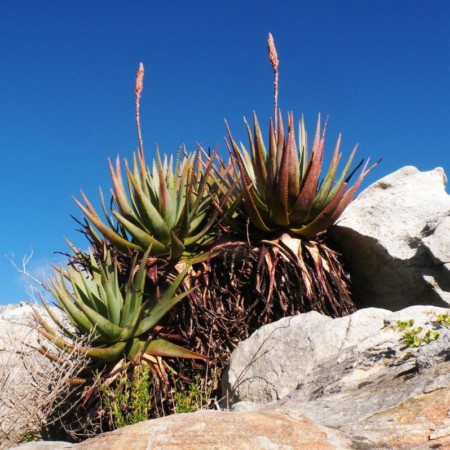(Photograph = Pelargonium)
Introduction
The winter rainfall region of South Africa is confined to a relatively small area in the southwest, the Western Cape area, where gentle rain falls from May to August but the summers are dry. Theis lowland winter rainfall area is called the Fynbos.
The Details
The Fynbos and Renosterveld ecoregion, found roughly below 300 m elevation, is a fire-prone ecosystem characterized by its small-leafed, evergreen shrubs. The infertile, sandy soils have supported a spectacular and massive diversification of plant taxa. It is estimated there are over 8,000 species of plants in the small area. This ecoregion also boasts unusual fauna, with high levels of endemism among reptiles, amphibians, insects, and freshwater fish. Biodiversity loss has been a historical problem. The loss of biodiversity continues today, and less than four percent of this lowland ecoregion is formally conserved. Invasive plants, new systems of agriculture that allow the cultivation of marginal soil, and rapidly escalating urbanization, pose the greatest threats to the biodiversity of the ecoregion.
Most of the soil in the Fynbos region is sandy, acidic and not very fertile due to the leaching of nutrients. However the Renosterveld part of the region consists of high fertility soil and can support more animals. The vegetation consists of evergreen shrubs with hard leaves; few trees and grasses occur and grow. Despite its small size, the Fynbos is one of the richest floral regions in the world.
Additional reading: Preserving the Evolutionary Potential of Floras in Biodiversity Hotspots
Additional reading: Fynbos Biome

